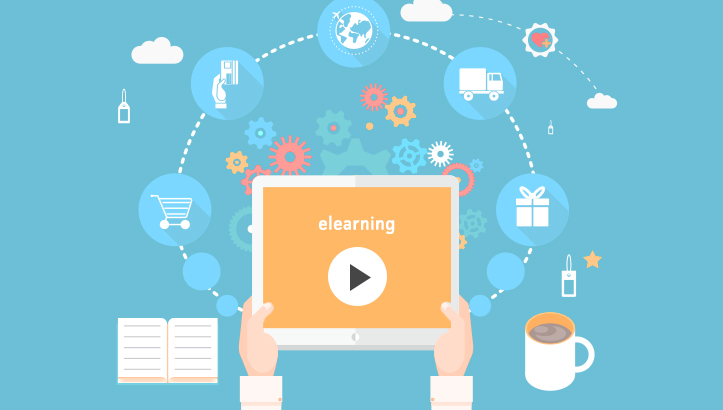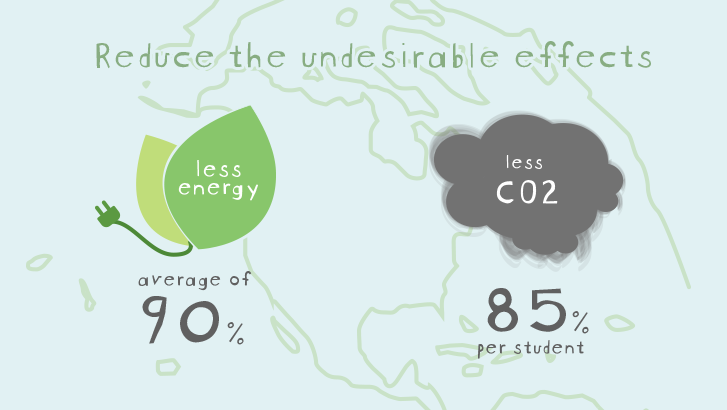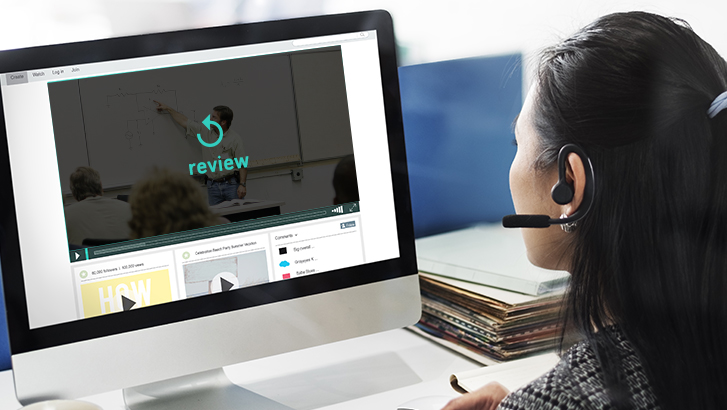Whether in the classroom or the boardroom, eLearning is changing how people are educated. The phenomenon of eLearning is taking the world by storm, and thanks to education technology such as visualizers and other devices, we now have access to a wealth of information and that previous generations could hardly fathom.
It is allowing us an entirely new way of looking at and learning about the world. But why has eLearning been so effective in changing the way we learn? Well, we would argue that eLearning is becoming such a popular method of learning for a variety of benefits it offers its users. Let’s take a look and see if we can break down some of the main reasons why eLearning has become the new way that schools, businesses, and regular people are turning to eLearning to improve their skills and gain knowledge.
1. A Land of Constant Learning

The eLearning landscape allows students to study an amazing range of topics, but it is quite different from taking a degree at a physical university. With eLearning, your horizons open up as you are able to learn just about any new skill you want.
Interested in learning the guitar? There is a course for that. Want to be better at graphic design? There is a course for that. The sheer amount of educational content is staggering, and that is one of the reasons eLearning is taking off.
2. Up-to-Date Learning in a Digital World

One thing we know is that the world is constantly changing. This is especially true in today’s digital world. Think about it. How long does it take to write a textbook? Let’s say it is about a year, at minimum, for a new edition to be released. How can that time frame work for a book about how to use the latest app? The app might not even be around by the time you actually get the book in your hands.
The transmission of knowledge in written-book form simply isn’t able to keep pace with the rate of change that occurs in this day and age. eLearning is changing that game. With the rise of long-form video content that is available digitally, courses can be constantly updated to meet the rising trends in education and industry, so you can stay up to date and succeed faster than ever before.
3. Environmental Alternative in a Globalized Time

This might seem like a no-brainer to anyone who has looked into eLearning, but when you really think about it, education services do have a large negative impact on the environment. Take books, for example. Don’t forget they’re made from trees. Furthermore, you can add in CO2 that is produced by students traveling to and from classes. Sure, taking public transportation can help, but it still adds to the problem.
eLearning is a simple solution that can help reduce the undesirable effects of education on the environment. In fact, according to Articulate,
“Producing and providing distance learning courses consumes an average of 90% less energy and produces 85% fewer CO2 emissions per student than conventional face-to-face courses.”
So, not only does eLearning help with reducing carbon emissions, but it also makes financially savvy sense as a way to lower energy and material costs.
4. Gives Freedom a Chance

Another example of eLearning providing a unique method of learning that differs from traditional sources is constant access to materials. Teachers are able to create content that students can rewatch over and over to build greater understanding of the subject matter.

Technological advances make creation of such content easier than ever before. For example, AVer visualizers help STEAM teachers to create engaging lessons that can live forever online—even when they're teaching remotely. Also, the AVer PTZ330 and PTZ310 enable educators to livestream and record full-class productions. The possibilities are truly endless!
Bringing It All Together
eLearning is the next exciting thing that the connected world has allowed us to do. Here at AVer, we work tirelessly to support this method of learning. Together, we will continue to push the boundaries of what's possible in the eLearning sphere.
Who knows what is coming next. Maybe some virtual-reality learning. Anyone?